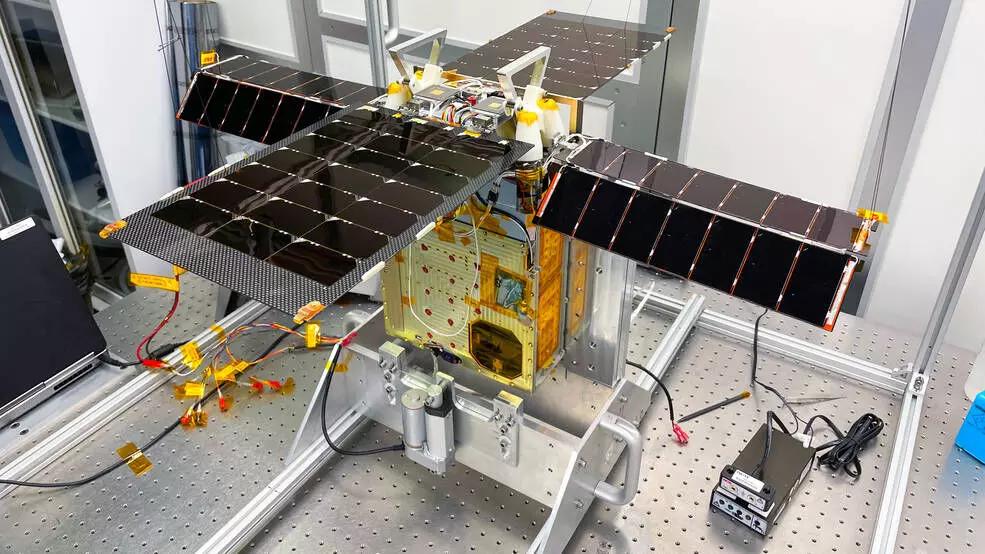
NASA to send a briefcase-size satellite to search for drinking water on Moon
text_fieldsScientists have known for a while that water exists in the form of ice on the moon's surface. But it is not clear whether surface ice frost covers the floors inside the craters. Now, NASA is sending a briefcase-size satellite, Lunar Flashlight, to learn more about water under the lunar surface.
The American space agency suspects that there may be reservoirs of water ice on the moon that can be purified as drinking water. This can also be converted to breathable oxygen and fuel for astronauts.
It will be launched aboard a SpaceX Falcon rocket this month. John Baker, the mission's project manager at NASA's Jet Propulsion Laboratory, said the launch will put the satellite on a trajectory that will take about three months to reach orbit. The mission navigators will then guide the spacecraft way past the moon and it will be slowly pulled back by gravity from Earth. It will then settle into a wide, looping orbit which will take 70,000 km from the Moon at its most distant point. At its closest approach, it will be within 15 km of the surface of the moon, said a release from NASA.
The new satellite will be using a torch or flashlight to look for water. It will swoop low over the South Pole of the moon and shed light on dark craters. "The reason for this orbit is to be able to come in close enough that Lunar Flashlight can shine its lasers and get a good return from the surface but to also have a stable orbit that consumes little fuel," said Barbara Cohen, Lunar Flashlight principal investigator at NASA's Goddard Space Flight Center in Greenbelt.
This is an exciting time for lunar exploration. The launch of Lunar Flashlight, along with the many small satellite missions aboard Artemis I, may form the foundations for science discoveries as well as support future missions to the Moon's surface," said Roger Hunter, Small Spacecraft Technology Program Manager at NASA's Ames Research Centre.





